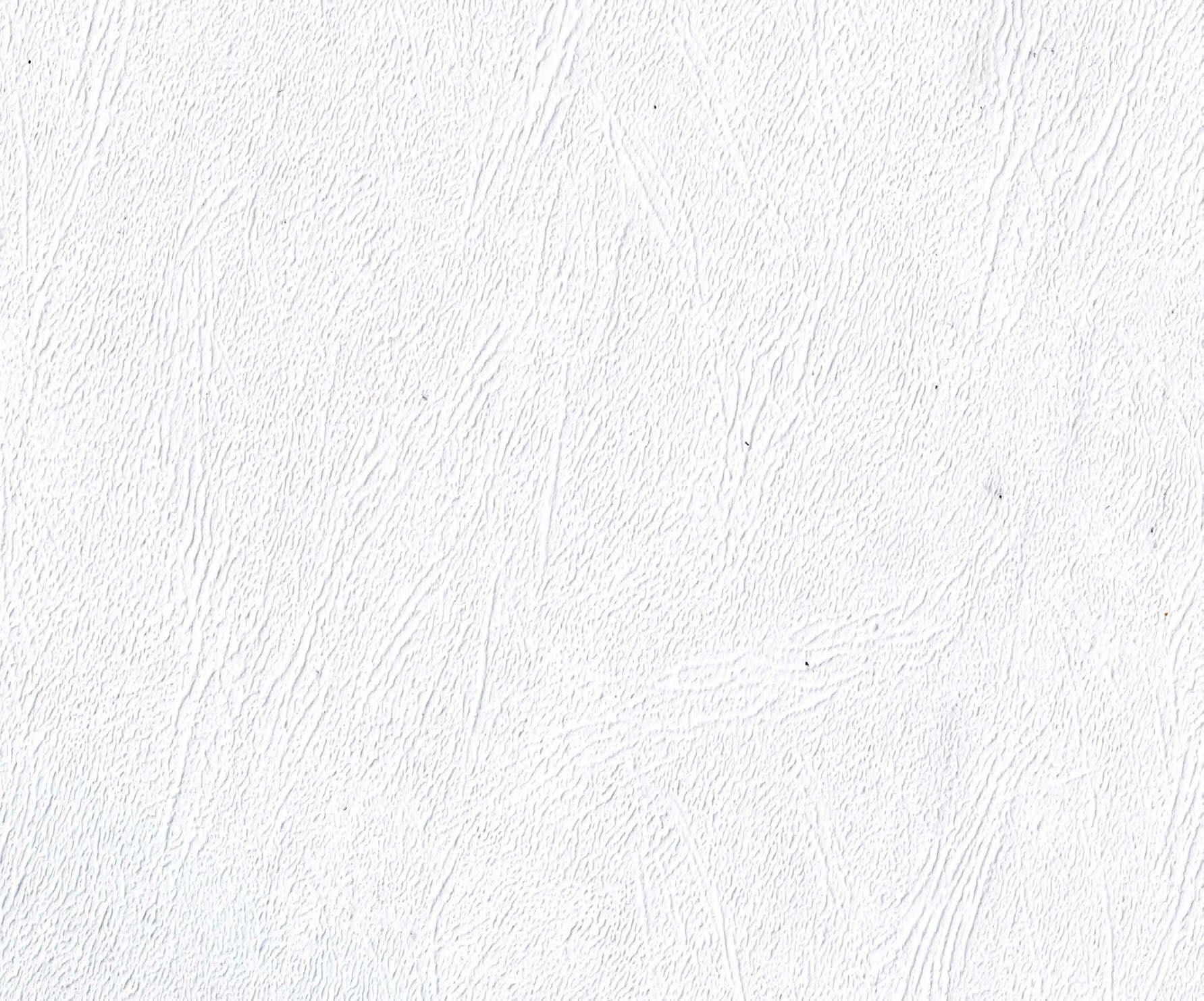the shiurim at night, and the special functions (“halachah research lectures”) which the Kollel would run in private homes throughout the year. This went on until 1997. For sixteen years I was zoiche to be in involved with the Kollel. There I was able to bring my Jewish learning up to a par with (l’havdil) my secular studies. All the work I have done till today rests on the foundational years spent there.
When did you receive your S’micha and become a certified Rabbi? The suggestion was made to me early on by Reb Arel that I should study for s’micha in Kollel. But what clinched it was the suggestion to me in 1984 by Rabbi Chaim Gutnick that he would test me in s’micha and confer it. (Many years later I heard from Tzippy Oliver OAM, who heard from Reb Chaim, that this was at the Rebbe’s specific behest. I can only conjecture about the Rebbe’s intentions. Maybe one of them was that s’micha combined with my z’chus avos, would enhance my outreach capabilities. It
As I walked past the Rebbe, he looked at me with his piercing blue eyes that went straight through me, and said, “Besuros Tovos”
worked out, somewhat strangely for a Kollel yungeman, that in 1984, within a few months of each other, I was awarded both my PHD and my S’micha! Rabbi Gutnick also suggested that I seek a further s’micha overseas in addition to his own. In 1985, on a visit to NY, I wrote to the Rebbe that I was looking to receive a second s’micha but that it was not clear that I would be able to do this in NY. I also wrote to him that someone had suggested that I might be interested in a Rabbincal position in New Zealand, though personally I felt a stronger leaning to being an academic. The Rebbe underlined the word “academic”, and he added the words, “be’im efshar” – “if it’s possible”. (That “if it’s possible” consoles me for the fact that I have not made a full-time career in academia: fulltime academia did not open for me, though I did some teaching at University and was an Honorary Associate of the University for many years. I trust the work I have done within my Institute is of an academic standard even though it is outside the University.) In regard to the question of where I would obtain the second s’micha, which did not seem likely to eventuate in NY, the Rebbe responded, “Oi bemokom achar” – “or [alternatively] in another place.” In 1989 I travelled again to the Rebbe in the month of Elul. I bore in mind that a few years earlier the Rebbe had told me I can get my second s’micha in “another place”. As it happened I was going
28
to be travelling from New York to spend a few days in Eretz Yisroel before returning home for Rosh Hashonah. Whilst I was lining up at 770, waiting for my turn to pass by the Rebbe for dollars, I had in mind that I needed to accomplish two important things in Eretz Yisroel: (1) the second s’micha and (2) to meet with the Chassidic artist Baruch Nachshon, who lived in Kiryat Arba. A few years earlier Rabbi Leibel Wolf had brought him, together with a lot of his artwork, to Melbourne. Seeing his art, opened my eyes and excited me immensely since I saw that you could have art of world-calibre, suffused with authentic Jewish content. I had started to record Nachshon’s own commentary on his work and wanted to finish it in Eretz Yisroel. As I walked past the Rebbe, he looked at me with his piercing blue eyes that went straight through me, and said, “Besuros Tovos” (good tidings). Seemingly quite an ordinary blessing to give, which the Rebbe no doubt said to many, yet those words with their grammatical make up – good tidings in the plural, and the minimum plural is two – empowered me to receive it as a Brocho for the two tasks I needed to accomplish in the few days in Eretz Yisroel. So I felt I could accomplish both objectives. At Mincha on Shabbos Parshas Ki Seitzei, my last Shabbos before leaving NY for the Holy Land, I had an Aliya in 770 “upstairs” in the coming parsha of Ki Savo, which contained the words “And it will be when you come to the




